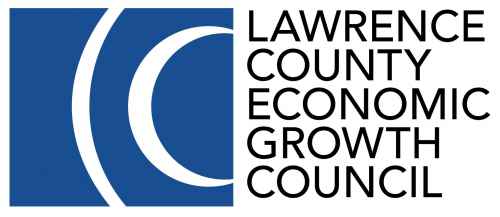< Back
ALTERNATIVES ADVANCE FOR MORE DETAILED STUDY

Three public meetings are scheduled for next week
JASPER, Ind. (Feb. 10, 2020) – Several preliminary alternatives for the Mid-States Corridor are advancing for more detailed study. The Project Team will continue to study 10 alternatives on a total of five different routes, with a preferred corridor expected to be identified this fall.
The Mid-States Corridor Project examines the concept of an improved highway connection in southern Indiana. It would begin at SR 66 near the William H. Natcher Bridge crossing the Ohio River at Rockport, continue generally through the Huntingburg and Jasper area and extend north to connect to Interstate 69.
The Project Team started its work in summer 2019 with dozens of potential preliminary alternatives developed from a review of previous studies, agency feedback and public input. Alternatives which didn’t satisfy the Purpose and Need of the project and/or with major impacts to key resources were discarded. The Project Team screened 28 preliminary alternatives on a total of 10 different routes, considering impacts, costs and performance.
Public Meetings
Three public meetings are scheduled next week to provide a project update and gather public input on the alternatives moving forward for detailed study. Meetings are planned for Loogootee, Bedford and Jasper for the following dates and locations:
Tuesday, Feb. 18: Loogootee High School
201 Brooks Ave., Loogootee, IN
Wednesday, Feb. 19: Bedford Middle School
1501 N St., Bedford, IN
Thursday, Feb. 20: Jasper Middle School
3600 N. Portersville Rd., Jasper, IN
The meetings are scheduled 5:30 to 7:00 p.m. ET and will feature an open house format. A presentation is planned for 6 p.m. each night. Project Team members will be available for one-on-one conversations and questionnaires will be available to gather public input. The questionnaire is available here with responses accepted through Monday, March 23.
Screening Process
The Project Team considered impacts, costs and performance of preliminary alternatives during the screening process.
Impacts to both natural resources and the community were considered including natural environmental impacts, residential impacts, business impacts, managed land impacts and cultural resource impacts.
Comparative preliminary construction costs were determined for each alternative. Costs consider facility type and terrain.
Performance of each preliminary alternative was evaluated against the core goals of the project including to increase accessibility to major business markets, provide more efficient truck/freight travel to southern Indiana, reduce crashes in southern Indiana and increase access to major rail and air intermodal centers.
Three facility types were considered for Mid-States preliminary alternatives: freeway, expressway and Super-2.
• Freeway: A freeway includes at least two lanes in each direction of travel with access provided only at interchanges.
• Expressway: An expressway includes at least two lanes in each direction of travel with access provided by a combination of interchanges and at-grade intersections with state and local roads.
• Super-2: A Super-2 includes one travel lane in each direction, in addition to a passing/auxiliary lane and/or wider shoulders where appropriate. The facility could be used as one direction of a future freeway or expressway.
The 10 alternatives moving forward for additional study include a combination of routes and facility types. The full screening report is available here.
Next Steps
The Draft Environmental Impact Statement (DEIS) is expected to be published this fall and will identify a preferred corridor. A Record of Decision (ROD) is expected in summer 2021. The ROD is the Federal Highway Administration’s final approval of the preferred corridor.
After a Tier 1 ROD, more detailed Tier 2 environmental studies will determine specific alignments and preferred alternatives within the selected Tier 1 corridor.



